What Do These Medical Abbreviations Mean?

1
/
13
Shorter May Be Better
With so many tongue-twisting words and terms, it’s no wonder doctors use shortened versions -- acronyms -- to get through the day. Here are some common and not-so-common ones you might hear at your doctor’s office or a hospital.
Swipe to advance

2
/
13
FAST
This is an easy way to remember signs of a stroke, which can come on quickly. F is for face drooping: Does one side droop, or is it numb? Is your smile uneven? A is for arm weakness. When raised, does one arm drift down? S is for speech difficulty: Is it slurred or difficult to understand? Is it hard to speak? T is for “Time to call 911.” If you or someone else has any of these symptoms, make the call right away.
Swipe to advance
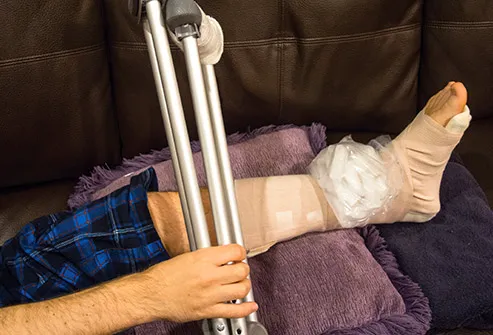
3
/
13
RICE
Remember this one when you strain a muscle or sprain your ankle. R for rest -- but not too much. You should move around as soon as you feel up to it. I for ice as soon as possible after your injury. C for compress -- pressure -- with an elastic wrap or bandage. And E for elevate the body part you’ve injured -- try to hold it above your heart to keep swelling down.
Swipe to advance

4
/
13
MIND
This stands for Mediterranean-DASH Diet Intervention for Neurodegenerative Delay -- quite a mouthful. It may help protect you against brain diseases like Alzheimer’s. The diet includes vegetables -- especially green leafy ones -- nuts, berries, beans, whole grains, fish, chicken, olive oil, and wine (one glass a day). And you’ll need to cut back on red meat, butter, cheese, pastries, sweets, and fried and fast food.
Swipe to advance
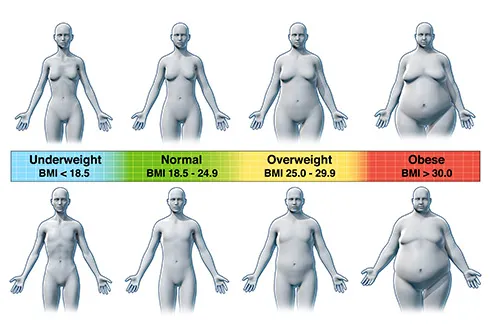
5
/
13
BMI
This stands for body mass index. It’s an estimate of your body fat based on your weight and height. Online tools can help you make your own BMI calculation. But it’s a rough way to tell if you’re at a healthy weight. Talk to your doctor if your BMI number suggests you could be over -- or under -- a normal weight.
Swipe to advance
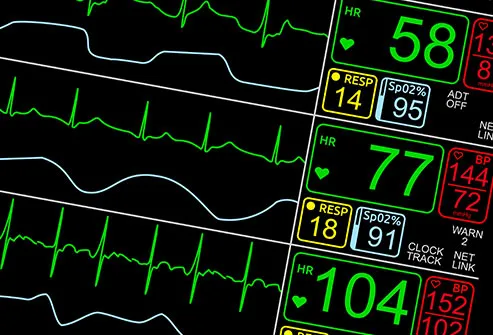
6
/
13
EKG or ECG
This machine records the electrical activity of your heart and graphs it. It helps your doctor see if there’s a problem with your blood flow or heart rhythm. ECG stands for electrocardiogram -- the E is from electro, C from cardio, and G from gram. It’s often called an EKG because it was first made in Germany, where it was called the elektro-kardiographie.
Swipe to advance
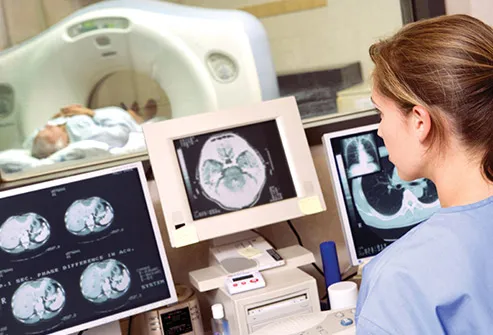
7
/
13
CT Scan
A computerized tomography scan takes X-rays from different angles of your body and puts them together to make a more detailed picture than a single X-ray. It’s often used for quick, detailed exams when someone has been in a car accident or had other serious trauma. It can also help tell if you have certain diseases and plan for some kinds of cancer treatments.
Swipe to advance
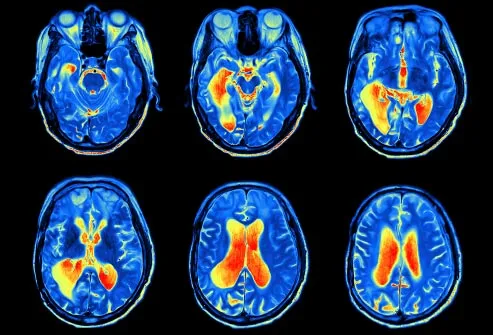
8
/
13
MRI
Magnetic resonance imaging uses radio waves and powerful magnets to make detailed 3-D images of the inside of your body. They can be looked at from many angles so your doctor can get more information. It’s often used to take pictures of your joints, spine, and inside your skull to look for injuries, bleeding, tumors, and certain diseases, like Alzheimer’s.
Swipe to advance
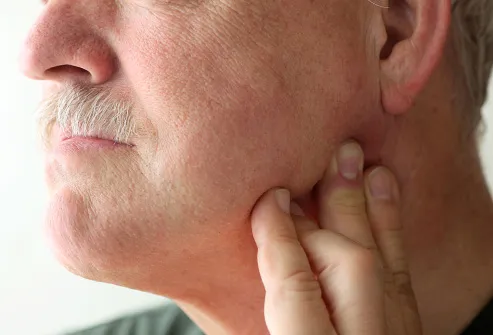
9
/
13
TMJ or TMD
T is for temporo (the temple area of your skull), M for mandibular (your lower jaw), and J for joint. Your temporomandibular joint is where those areas meet on either side of your face. If you have a problem with this joint, it's called a temporomandibular disorder (TMD). Pain in this area can be caused by arthritis or an injury, or from grinding or clenching your teeth, especially while you sleep.
Swipe to advance

10
/
13
UTI
A urinary tract infection happens in the part of your body that gets rid of liquid waste (pee). That includes your kidneys (which filter the waste from your blood), your bladder (which holds the pee before it’s released), and the tubes that help move it out of your body (the ureter and urethra). Symptoms include pain, a burning feeling when you pee, and blood in your urine. Women get it more often than men. It’s usually treated with antibiotics.
Swipe to advance
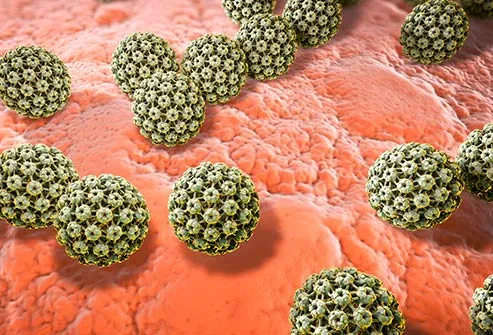
11
/
13
HPV
This stands for human papillomavirus. More than 100 types can cause warts on different parts of your body: your feet, face, and neck, among others. When HPV infects your private parts -- this can happen to men and women -- it can sometimes lead to cancer. It can live in your body for years, and you might not know it. But a vaccine can help prevent it: Girls can get the shot between the ages of 9 and 26, and boys from 9 to 21.
Swipe to advance

12
/
13
ADHD
Attention deficit hyperactivity disorder can make it hard to pay attention or focus and cause impulsive behavior and hyperactivity. There are several types, and symptoms are different for each person. Talk with a doctor if you or your child has any of these symptoms. Therapy and medication can help.
Swipe to advance

13
/
13
DNR
It stands for “do not resuscitate,” and it means doctors shouldn’t use special equipment to revive someone if their heart or breathing stops. This order is usually for someone who is close to death because of age or disease. A doctor writes the DNR order after talking with the person who’s ill. If the ill person isn't able to make decisions, the doctor will talk with a family member, typically a spouse, child, or parent.
Swipe to advance
- Get link
- X
- Other Apps